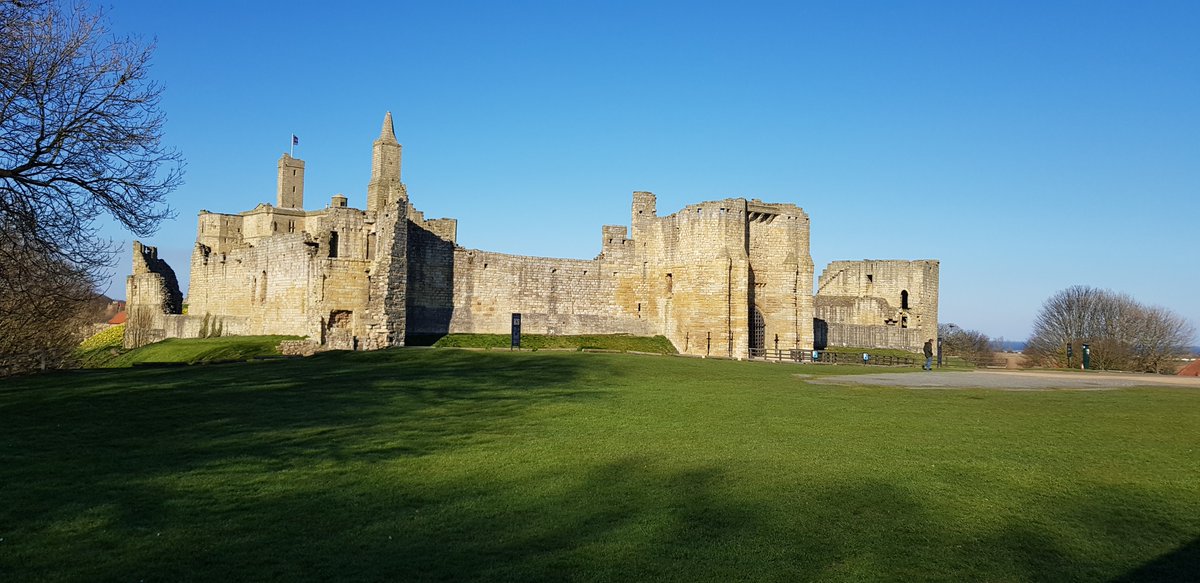
Naval warfare was transformed in the late Middle Ages by the adoption of guns. But was this a gradual or sudden process? Read this thread to find out more… #thread #navalhistory #gunpowderdan 



This change can be illustrated by looking at two 15c. English warships. Henry V’s great ship, the Grace Dieu, completed in 1420, of 1,400 tons, was the largest English royal ship built before the seventeenth century but possessed a grand total of…3 small guns
By 1497, Henry VII’s slightly smaller ship, the Regent, of 1,000 tons, had as many as 225 guns for an expedition to Scotland
The intervening 77 years had therefore seen a major change in naval warfare. So when did this shift occur? My research has indicated that took place in the reign of Edward IV.
This can be illustrated by some examples. In 1461, 1,000lbs of gunpowder and 600 gunstones were procured for furnishing the royal ship the Margaret of Orwell, and in 1468, almost 3,000lbs of gunpowder was supplied for a naval expedition
However, the crucial evidence I have found dates to 1473. In that year, Egidio van Rasynghin, master gunner of the king, received payment for having supplied 39 guns for equipping the royal ship the Caricon
To put this into context, Henry V’s entire fleet of 13 royal ships in 1422, was equipped with a total of 38 guns (1 less than the Caricon).
From the early 1470s onwards, the numbers of guns used on ships seems to have increased markedly. The household accounts of John, Lord Howard, shows that he purchased 71 guns for his ships for a naval expedition he commanded against Scotland in 1481
By the time that Henry VII came to the throne in 1485, royal ships were already well equipped with ordnance
An inventory of the 4 royal ships that year reveals that the Grace Dieu had 21 guns, the Mary of the Tower 48 guns and 12 hackbuts (a type of handgun), the Martin Garsia 30 guns and 4 handguns, and the Governor with 70 guns and 7 hackbuts.
Why did guns suddenly become so important in naval warfare? This seems to have been linked to the adoption of a swivel mount known as a ‘miche’, which made it feasible to equip ships with large numbers of swivel mounted guns – especially long barrelled serpentines.
This can be seen with the earliest recorded breakdown of the location of guns on an English ship – which is for another of Henry VII’s ships, the Sovereign. In 1495, it was recorded as being equipped with 141 guns, of which 110 were serpentines and 31 stone guns
(note that ‘stone guns’ – refers to the ammunition used for these guns. The serpentines themselves fired lead or iron shot). To break this down by location:
16 serpentines in the forecastle above the deck, 24 serpentines in the forecastle below, 20 stone guns in the waist, 4 serpentines in the stern, 25 serpentines in the deck over the somercastle, 20 serpentines in the poop deck, 21 serpentines and 11 stone guns in the somercastle
The 15c therefore saw an incredible expansion in the number of guns placed on ships. In some ways, this was just as remarkable as later developments in naval ordnance, such as the invention of the gun port, which allowed heavier guns to be deployed on ships in the 16c #endthread
• • •
Missing some Tweet in this thread? You can try to
force a refresh















